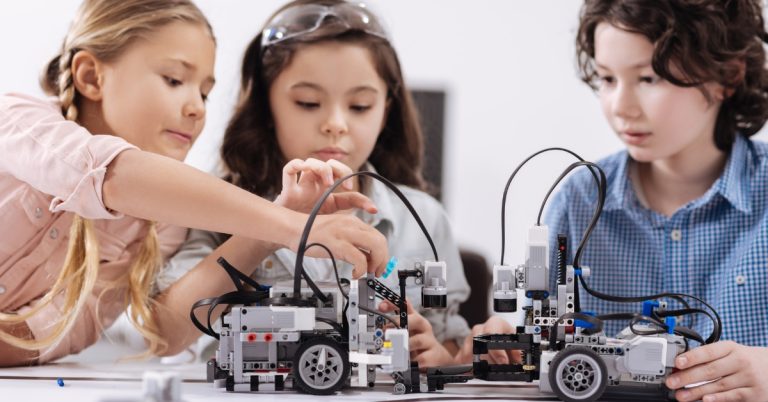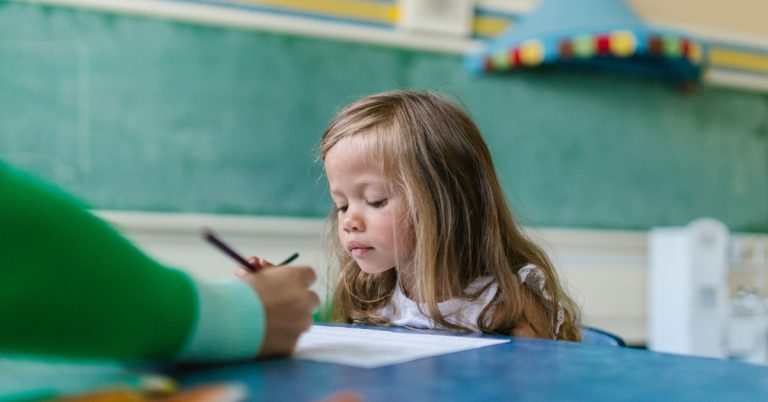In today’s fast-paced digital world, the way we communicate and absorb information has undergone a significant transformation. The rise of visual media – from infographics to videos -has reshaped the landscape of learning, emphasizing the importance of visual learning in education. As educators and learners alike explore this pivotal shift, it becomes clear that harnessing the power of visuals can significantly enhance the educational experience, making it more engaging, informative, and accessible.
Understanding Visual Learning
Visual learning is a teaching method that utilizes visual aids – such as images, diagrams, videos, and other visual elements – to support and enhance the learning process. This approach capitalizes on the natural tendency of humans to interpret and make sense of visual information, which can be absorbed faster and retained longer than textual information alone.
Research indicates that the brain processes visual information 60,000 times faster than text, underscoring the power of imagery in conveying ideas and concepts. Moreover, many learners are more engaged and motivated when information is presented visually, thereby facilitating a deeper understanding of the material.
The Impact of Visual Learning on Education
1. Enhancing Engagement and Retention
Incorporating visual elements into the learning process can significantly boost student engagement. Studies show that students retain information better when it is presented in a visually stimulating format. Tools like infographics, interactive slides, and videos can break up traditional note-taking and lecture methods, leading to an active learning experience. This interactive approach encourages students to participate, inquire, and apply their knowledge, ultimately leading to improved retention.
2. Breaking Down Complex Concepts
Many subjects, particularly in science and mathematics, involve complex theories and ideas that can be difficult to grasp through text alone. Visual representations, such as charts, graphs, and concept maps, help streamline information and simplify difficult concepts. For instance, chemistry diagrams can illustrate molecular structures, making it easier for students to visualize and understand chemical reactions without getting lost in dense textual explanations.
3. Catering to Diverse Learning Styles
Every student has their own unique learning style, and visual learning naturally accommodates a variety of preferences. While some students may excel with textual information, others may find it challenging to engage with conventional methods. By incorporating visuals, educators can create a more inclusive learning environment that caters to visual, auditory, and kinesthetic learners alike. This adaptive approach ensures that all students have equal opportunities to interact with and understand the material.
4. Promoting Critical Thinking and Creativity
Visual learning encourages students to consider different perspectives and think critically about the information presented to them. Analyzing visual data, such as graphs and illustrations, can lead to discussions that sharpen analytical skills and spark creative thinking. Furthermore, creating their own visual representations – be it through design projects, presentations, or visual storytelling – allows students to express their understanding in innovative ways, sharpening not only their grasp of the content but also their creative skills.
Implementing Visual Learning in the Classroom
1. Use Infographics and Charts
Infographics are a powerful way to visually summarize information, making complex data easily digestible. Teachers can incorporate infographics into their lessons or encourage students to create their own as part of research projects. Charts and graphs can also transform statistical information into a visual narrative, aiding comprehension.
2. Leverage Technology
The availability of digital tools and applications provides endless opportunities for visual learning. Interactive platforms like Prezi and Canva allow students to present their work creatively. Additionally, video-sharing platforms like YouTube offer a treasure trove of educational content, turning lessons into visual experiences that can be revisited anytime.
3. Incorporate Visual Aids in Instruction
Whether through presentations, handouts, or visual artifacts, teachers should strive to include visual components in their instruction. Images, diagrams, and timelines can provide context and help students to better understand and engage with the material.
4. Encourage Visual Note-taking
Visual note-taking or sketchnoting combines words and images, allowing students to create dynamic notes that bolster memory and comprehension. Teach students how to create their visual notes, transforming their learning process into a more active and enjoyable experience.
Conclusion
As we move further into the 21st century, the need for innovative and effective teaching methods becomes increasingly vital. By harnessing the power of visual learning, educators can transform everyday classroom experiences, making them more interactive, engaging, and tailored to the diverse needs of students. Embracing visual aids not only enriches the learning environment but also prepares students for a future where visual communication skills are paramount. Transforming education one image at a time may be the key to unlocking the full potential of every learner.



